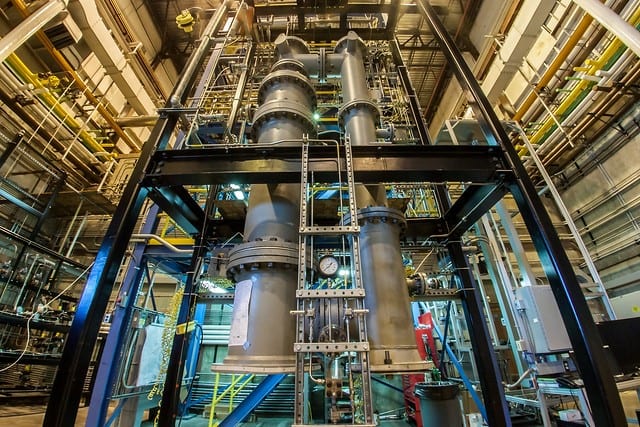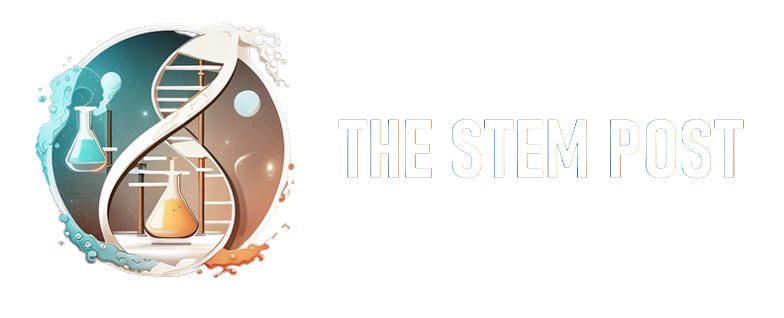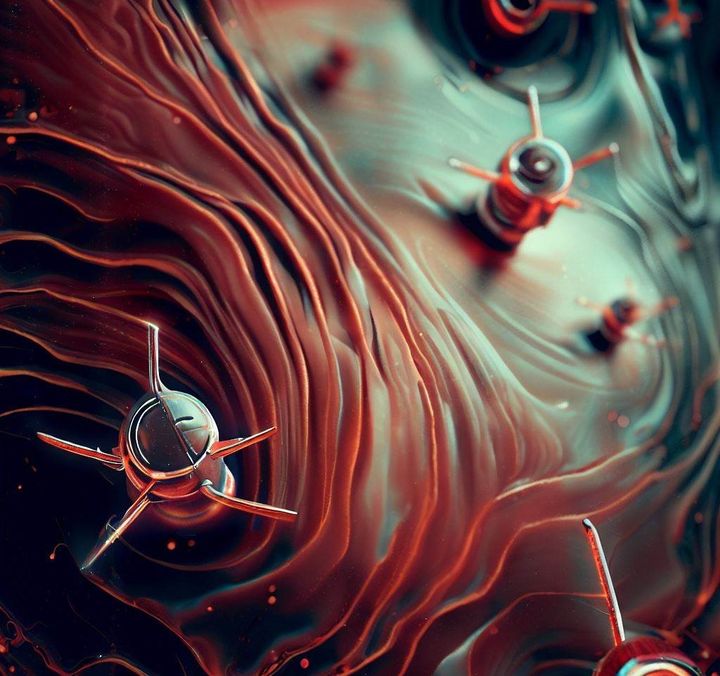Chemical Looping: The Key To A Green, Circular Economy
Discover the brilliant innovation of chemical looping that could revolutionize the green transition and solve climate change

As the concentration of greenhouse gases in the atmosphere increases, the Earth's temperature is set to go way past the limit of 1.5 degrees and the looming goal of achieving net zero by 2050 seems more and more unlikely. However, exciting innovations in chemical looping could play a massive role in fighting the climate crisis by being highly involved in carbon capture and storage (CCS) and hydrogen production. This breakthrough could help decarbonize sectors with the highest greenhouse gas emissions such as heavy transport and industry and save our precious planet from global warming. Moreover, it can also help create thousands of jobs, reduce pollution, and make electricity cheaper. To learn more, let's dive deeper into this wonderful technology and highlight the underlying problems with it, and its widespread benefits that could shape the future.
What is Chemical Looping?
Chemical looping is a promising technology that uses solid carriers of oxygen, usually metal oxides, to transport a gaseous compound between two coupled circulating fluidized bed reactors. There are two main types of chemical looping: combustion and hydrogen production. For combustion, oxygen is separated into a carrier material from the air and carried to the fuel reactor (FR), where combustion takes place, and the air reactor (AR), where the solid oxide is regenerated. This cycle produces a pure steam of CO2 which can be combusted to produce electricity, then captured and sent to long-term storage.
For hydrogen production, a fuel is used to reduce iron oxide (Fe2O3) down to iron, which is oxidized back to Fe3O4 using steam, before the loop is completed by regeneration back to Fe2O3. Chemical looping has an advantage over other methods of producing hydrogen such as steam reforming, methane pyrolysis, and electrolysis of water, as it is cheaper and can be easily scaled up. It also doesn't need a high endothermic input, or require cryogenic air separation as it already has oxygen carriers, and is less dependent on economies of scale to become viable. However, the process is highly complex and unforeseen disasters might occur with the pressurized fluid beds. With a long history of trial and error, it is understandable why governments and banks are hesitant to invest into these projects. Without heavy investment and high confidence in this system, it might never be as efficient or competitive as other market processes.
Historical background
The principle of chemical looping was first applied in 1897 by Franz Bergmann for the conversion of hydrocarbon fuels and calcium oxide to calcium carbide using manganese oxides. However, the original idea to produce CO2 from hydrocarbons came from Lewis and Gilliland in 1954 using copper oxides in fluidized beds, not too far off from current processes. Throughout the years, the development and operation of many small-scale chemical looping units have tried and failed, and researchers have spent thousands of hours on testing different chemical looping materials to optimize efficiency and reduce costs.
Developments in chemical looping carrier materials
Firstly, the materials used must be able to withstand a significant number of cycles, around 500, before deteriorating. They should also contain other crucial properties such as rapid reaction kinetics, recyclability, high melting point, and resistant to toxicity and contamination. Current research includes improving particles by designing nanoparticles with mesoporous supports that maintain the desired structural properties and chemistry, speeding up reaction kinetics, and supporting the active oxygen carriers on inert compounds such as alumina. This can improve the mechanical properties (reducing attrition and increasing useful life), chemical properties (by speeding up reactions), and physical properties (by improving porosity to facilitate diffusion and prevent the carrier particles from agglomerating readily). However, a balance must be upheld as the more inert material is added, the less active metal there is to react which could lower yield.
Applications of chemical looping
Chemical looping is highly flexible and can potentially have many uses. It could be the ultimate panacea to tackling the issue of carbon capture, and also produces chemicals like ethylene oxide and hydrogen. Furthermore, there are versions of chemical looping in which the solids are partially heated by solar energy or are used for energy storage. An extremely exciting direction for industry integrates chemical looping with cement and iron production. A bleed stream will transport solids (CaO or reduced iron) from one combustion reactor to be directly fed into cement and steel production, which prevents the material from having to withstand large numbers of cycles, and improving efficency and reducing energy waste overall. The industry sector accounted for 24.2% of global greenhouse gas emissions in 2022, so this technology could help reduce emissions drastically and achieve net zero by 2050.
Additionally, chemical looping can provide a cheap, sustainable method to produce hydrogen, which will play a crucial role in tackling climate change. Among the biggest problems currently is the absence of low-carbon technologies to replace fossil fuels for shipping and aviation. Using the same type of batteries found in electric vehicles (EVs) are not plausible as their energy density isn't high enough. Therefore, hydrogen is the best solution to this and could be the missing piece to the puzzle in fully decarbonising human activity. With chemical looping, a cost-effective and efficient method of producing hydrogen that can be easily scaled up is highly achievable.
Benefits Of A Circular Economy
Chemical looping produces chemicals and capture carbon dioxide in a cyclical manner, which is a great example of transitioning to a circular economy. It has also been designed in an environmentally sustainable way that maximizes efficiency. A circular economy manages resources more efficiently and uses waste products as a source of secondary resources. It also incorporates the principles of green chemistry and engineering and this provides plenty of benefits. Helping to limit consumption of finite resources, this can bring business, societal, and environmental benefits.
Firstly, this can help to reduce pollution linked to the extraction of resources from the earth and conserve those precious resources from being overconsumed. A circular economy can also help companies achieve cost savings that drive profits upwards and make products cheaper, boosting the economy and raising standards of living. Furthermore, a circular economy can help create thousands of new jobs in the manufacturing and recycling economy, boosting economic growth. Therefore, it is undoubtedly clear that transitioning from a linear economy to a circular economy is the future, and the chemical looping process is a big step in the right direction.
To conclude, the future of chemical looping is showing great promise as a tool to be used in carbon capture, energy storage, and the production of chemicals and hydrogen. The process will play an integral role in tackling the climate crisis by solving the major issues related to decarbonizing industries like legacy oil and aviation. However, it is still in its early stages and has plenty of room for development, so a continuous and rigorous effort has to be taken. Without significant investment and support into this project, it might end up being another scrapped possibility. Therefore, all parties must collaborate to ensure this technology is suitable and can be used to help achieve net zero by 2050, because we are honestly going to need everything we have to fight the insidious threat of climate change.
References
- Ben Anthony and Paul Fennell [2023], available at https://www.thechemicalengineer.com/features/a-virtuous-circle-chemical-looping-has-solid-potential-for-optimising-processes/
- K. Y. Kwong, A. R. P. Harrison, J. C. Gebers, J. S. Dennis, and E. J. Marek, Chemical Looping Combustion of a Biomass Char in Fe2O3-, CuO-, and SrFeO3−δ-Based Oxygen Carriers 2022 36 (17), 9437-9449 DOI: 10.1021/acs.energyfuels.2c01269
- National Academies of Sciences, Engineering, and Medicine. 2022. New Directions for Chemical Engineering. Washington, DC: The National Academies Press. https://doi.org/10.17226/26342.

